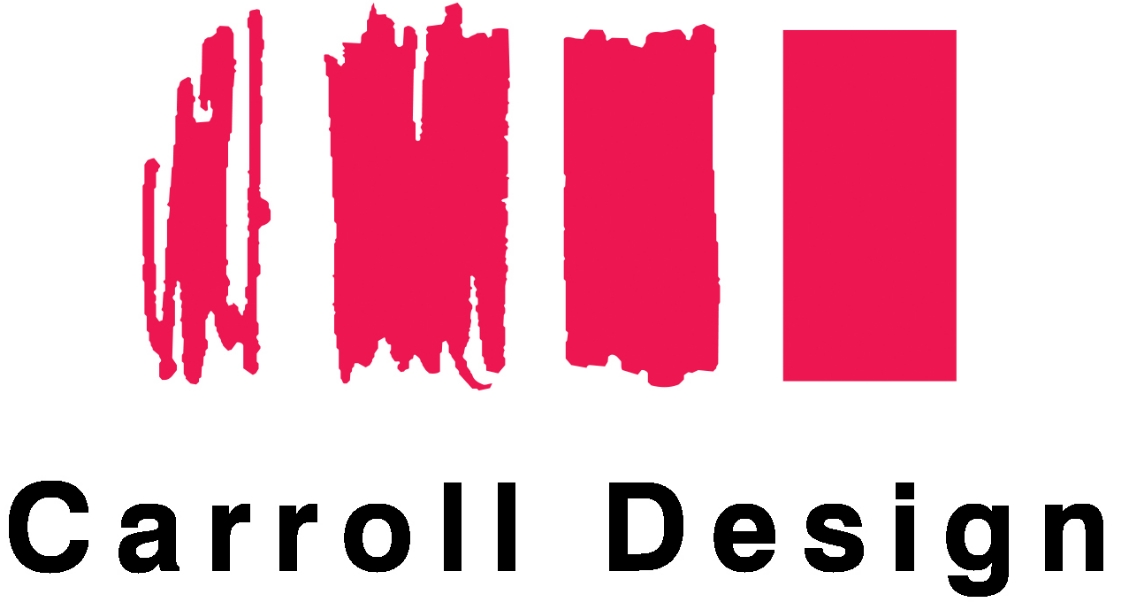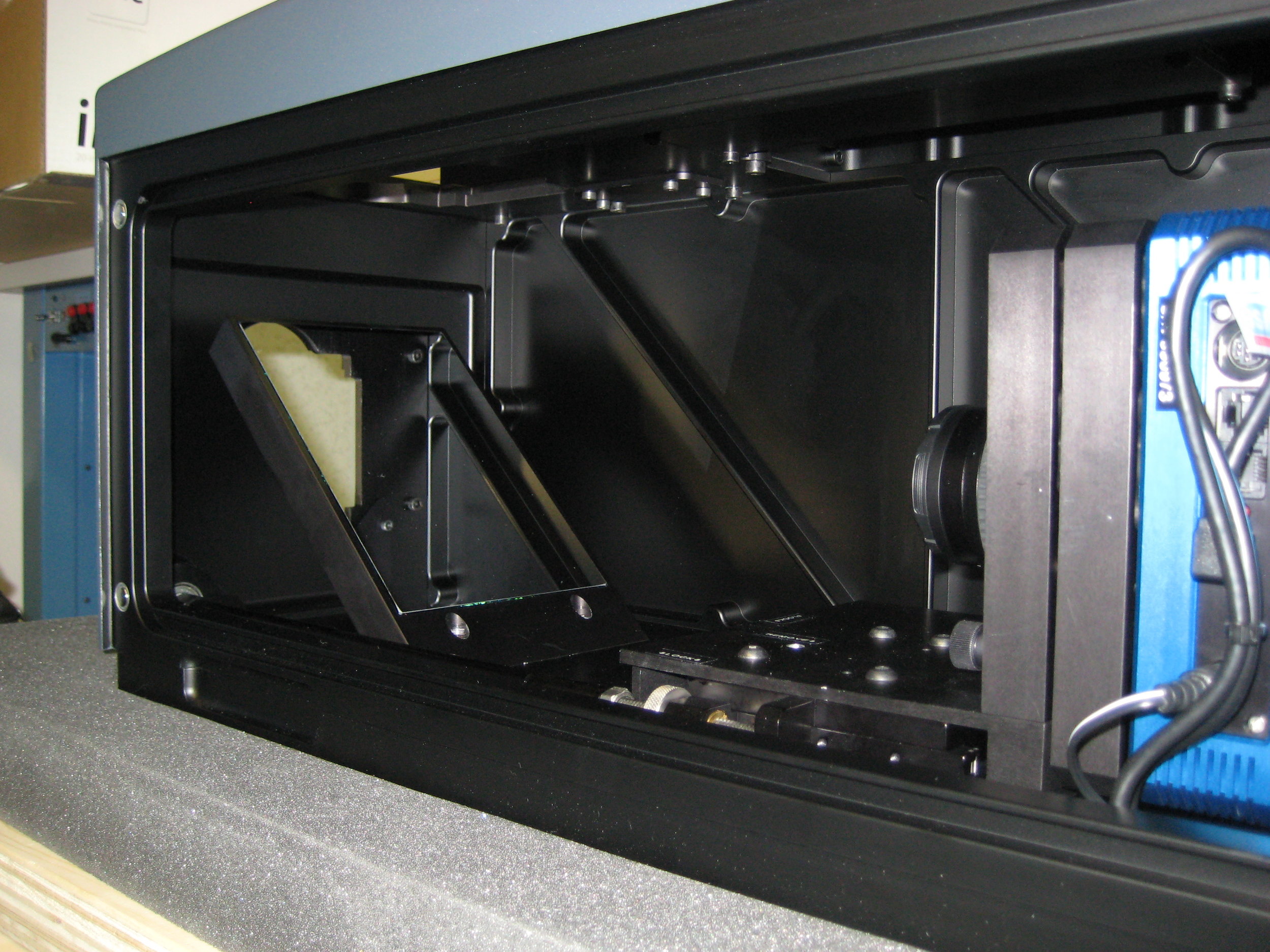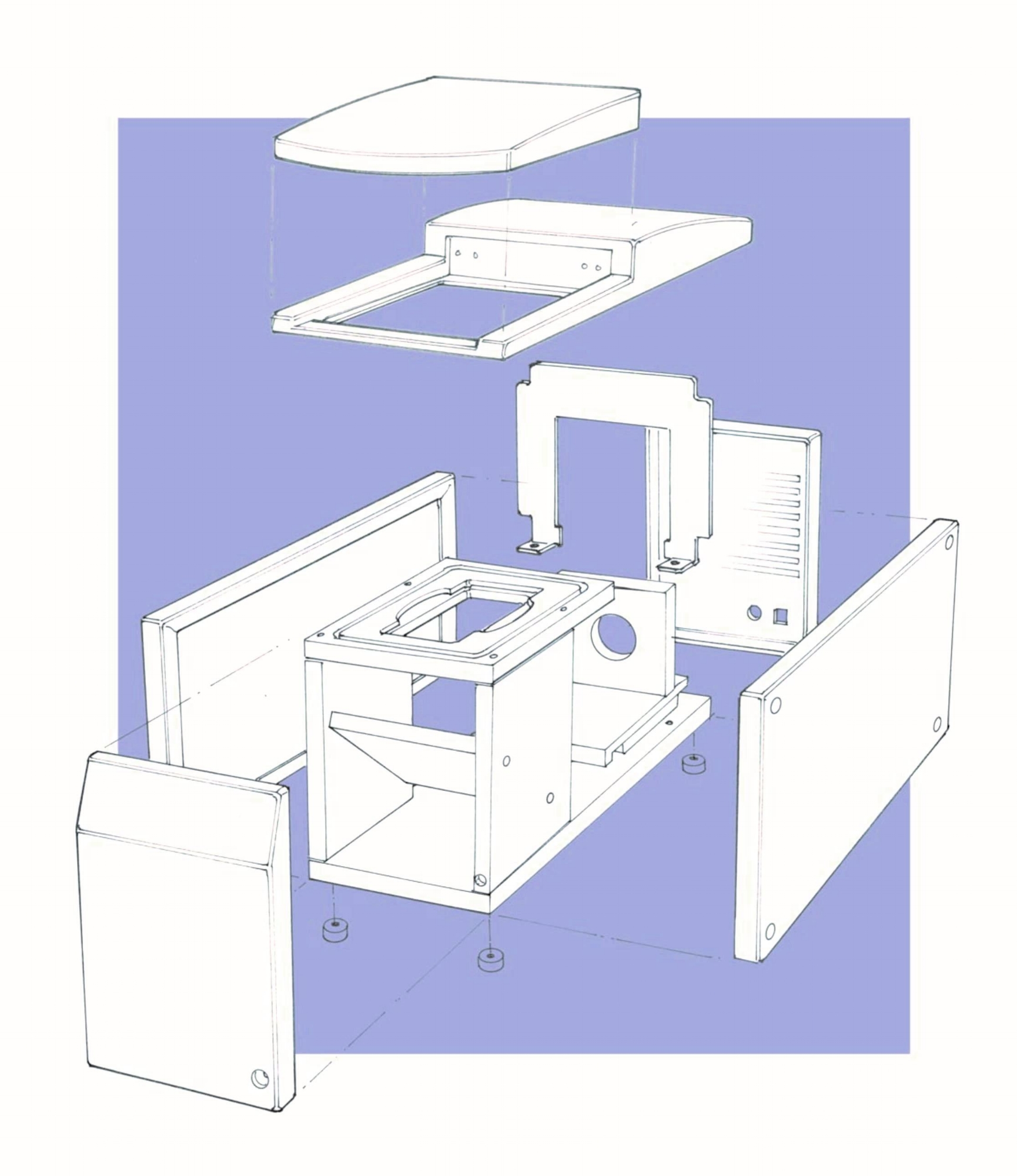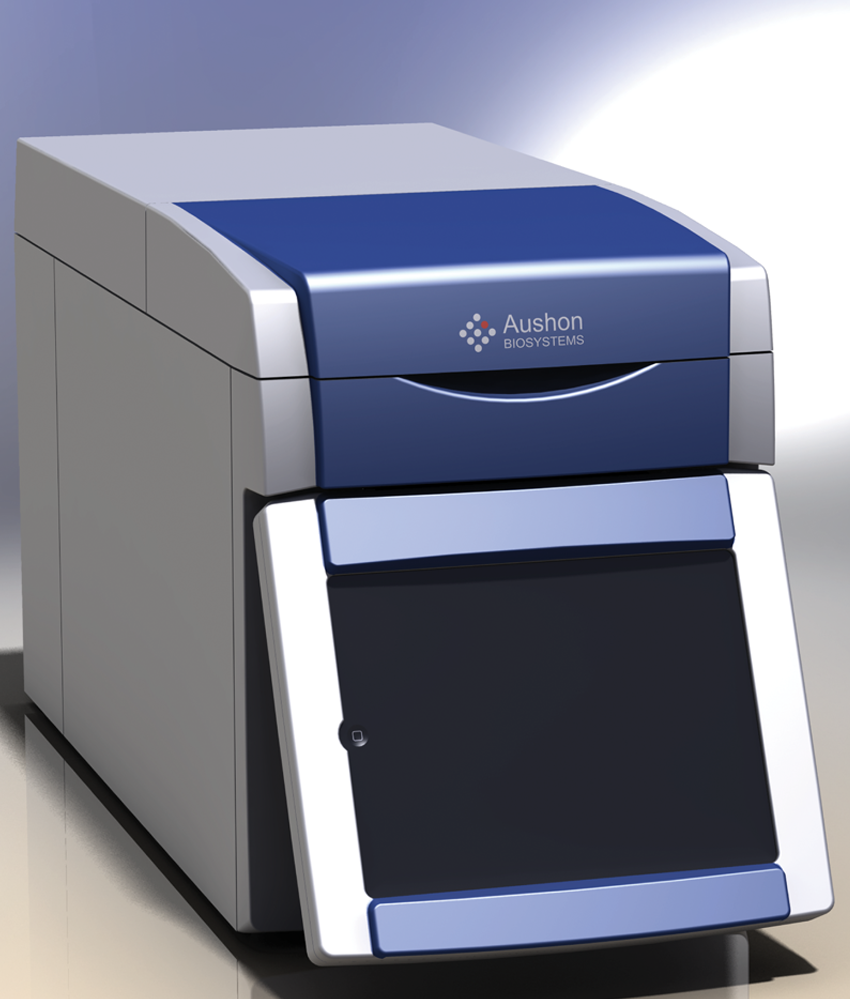But you don’t have the production volume to invest in tooling.
Sometimes even incremental increases in production volume can open up opportunities for cost reductions. The following example shows how creative thinking and a hard look at what your customers value can drive down the cost of goods (COGS) with only a minimal increase in production volumes.
SearchLight® Imager w/ Side Cover Removed
Aushon Biosystems SearchLight™ high resolution array imager was originally designed for production volumes of 5 to 10 units per year. The yearly production volume needed to invest in tooling did not exist, and the manufacturing cost breaks for medium volume production quantities were minimal. The device was a high quality implementation made mostly of large, complex machined aluminum components. This product was a clean design with efficient use of one material and its fabrication process. The opto-mechanical design was driven by tight tolerances needed for precise optical instrumentation.
Inside view of SearchLight® Imager showing the fully machined internal optical frame
The only downside to this otherwise beautiful work of art, was the cost of goods. Aushon Biosystems was paying roughly $20,000 per instrument for the mechanical structure and enclosure.
Years after the initial development, the material and labor costs of the mechanical structure and enclosure increased. These mechanical component costs became a much higher percentage of the total COGS which also included optical and electrical components. The control interface to the instrument was with a standard computer.
With growing sales targeted at 50 to 100 systems per year and a planned user control interface upgrade incorporating a tablet, Aushon Biosystems needed to dramatically reduce the cost of goods.
Carroll Design evaluated the current solution, the need to reduce cost, and asked Aushon Biosystems how important this feeling of quality (defined by the current instrument) was for their typical customers.
Early Mechanical Design Concept for the Cirascan™
The redesigned instrument, commercially sold as the Cirascan™, needed to maintain the opto-mechanical precision of the internal optical assembly, provide a clean top door access to the array plate samples and focus the user control to the tablet.
The proposed solution (early mechanical concept shown to the right, prior to addition of tablet) separated the internal optical assembly from the enclosure. The majority of the enclosure would be fabricated sheet metal, while the user interaction area, array plate pocket and door, would remain machined aluminum to maintain the quality feel of the previous design.
As the design developed and the tablet was added, the solution (shown below) reduced the cost of the mechanical assembly by 90%.
Reduced Cost Mechanical Design of the Cirascan™
Aushon Biosystems Cirascan™
The resulting production design, named the Cirascan™, maintained the quality feel, precise optics assembly, and added the tablet interface, while reducing the cost of goods dramatically, with no tooling investment.
It's important to periodically review the COGS of current products and look for component & labor savings through simple design changes.





